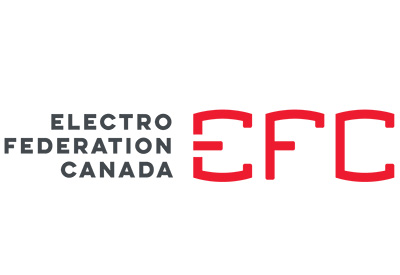Survey of Innovation and Business Strategy, 2012

In 2012, sales and income growth was the most common performance indicator used by Canadian enterprises to monitor their long-term strategic objectives (76.7% of enterprises), followed by gross margin and operating margin growth (60.2%). As for strategic focus, enterprises directed their efforts toward maintaining or optimizing their existing business activities rather than on introducing new or significantly improved products or practices.
Canadian enterprises use various performance indicators to monitor their long-term strategic objectives. In 2012, sales and income growth was the most common performance indicator, with 76.7% of enterprises using it, followed by gross margin and operating margin growth (60.2%).
In 2012, medium-sized (79.8%) and small (76.2%) enterprises used sales and income growth as their principal indicator to measure their long-term strategic objectives. In contrast, large enterprises were more apt to apply two principal performance measures: gross margin and operating margin growth (78.0%) and sales and income growth (77.4%).
With respect to their strategic focus, Canadian enterprises directed their efforts toward maintaining or optimizing their existing business activities rather than on introducing new or significantly improved products or practices (management, operations and marketing).
Table 1: Strategic focus of Canadian enterprises business activities, all surveyed industries, 2012
|
|
Maintaining or optimizing business activities |
Introduction of new or significantly improved business activities |
Do not know |
|
|
% |
||
|
Products (goods or services) |
71.4A |
21.2A |
7.4A |
|
Organizational or management practices (long term) |
65.0B |
29.3A |
5.7A |
|
Operational activities (long term) |
60.2B |
34.4B |
5.4A |
|
Marketing practices or methods (long term) |
53.6B |
33.5B |
13.0A |
Canadian enterprises estimated that 58.1% of their total sales of their highest selling good or service came from their local market. Small enterprises (60.7%) were most likely to rely on local markets in terms of percentage of sales of their highest selling product, followed by medium-sized (51.4%) and large (31.8%) enterprises.
In 2012, 90.2% of enterprises in surveyed services industries concentrated sales of their highest selling good or service in Canadian markets — locally, provincially or in other provinces.
Three-quarters of the total sales of Canadian manufacturers’ highest selling good or service came from within Canada. In contrast, half of the total sales of the highest selling product of large manufacturing enterprises came from markets outside of Canada.
Source: Statistics Canada, http://www.statcan.gc.ca/daily-quotidien/140825/dq140825b-eng.htm.











